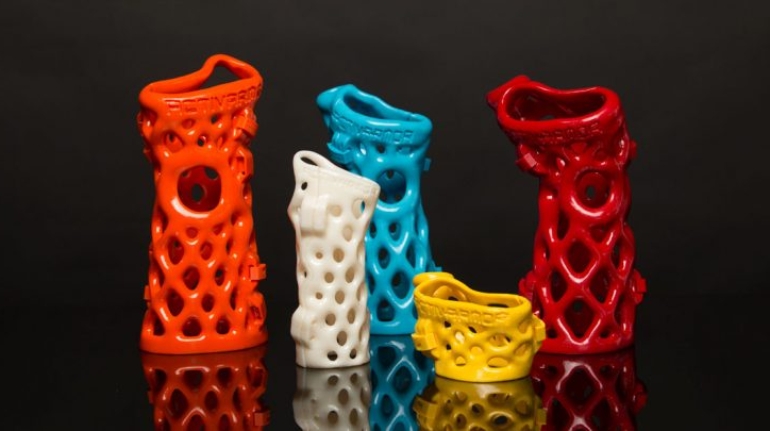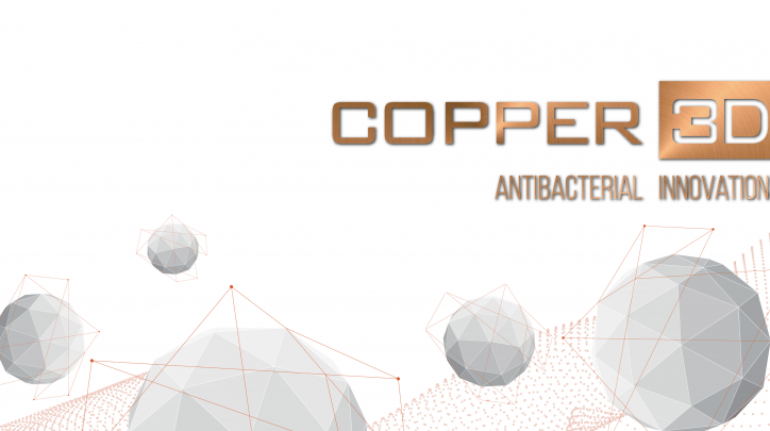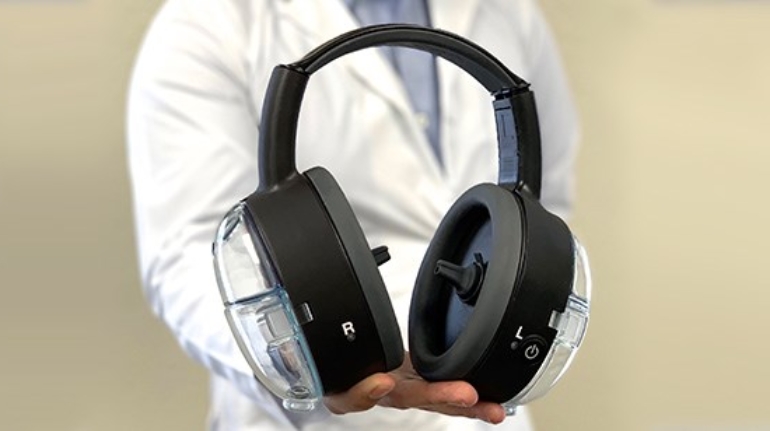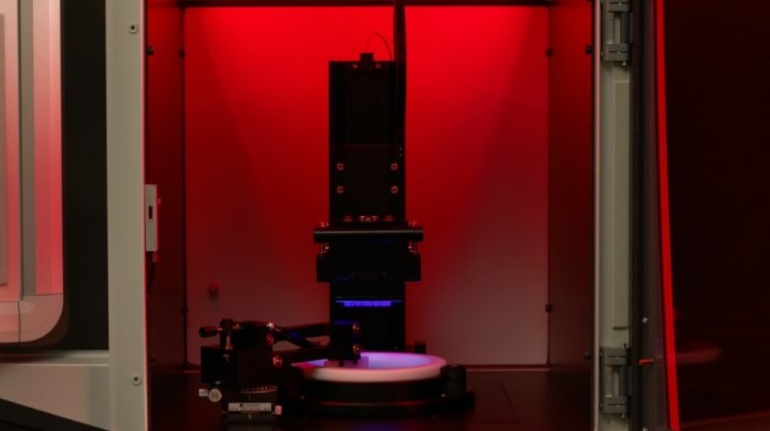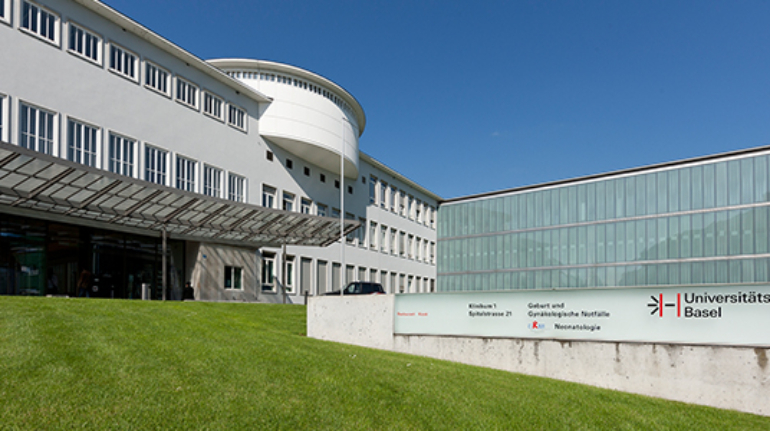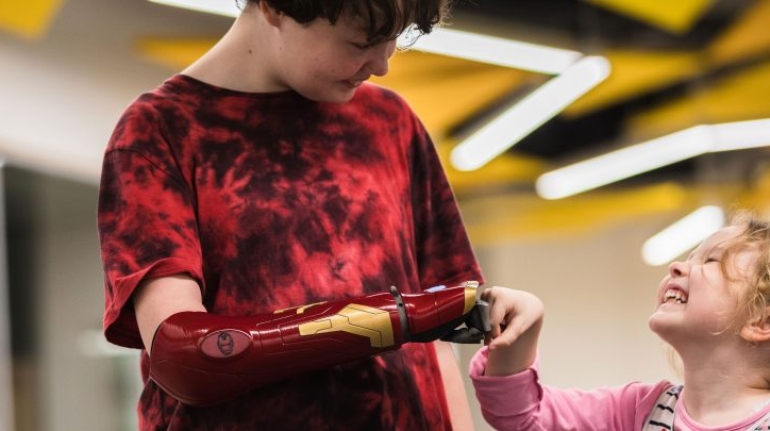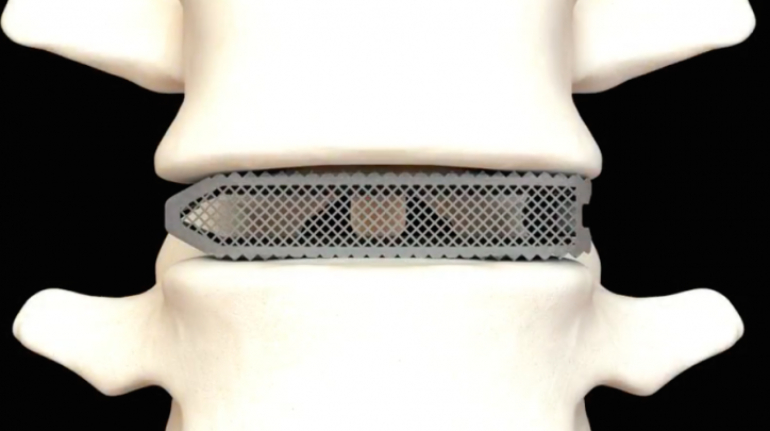BIOMODEX brings its 3D printed anatomical twins to the U.S. market Medical
French med tech company BIOMODEX has opened a new corporate headquarters in Quincy, Massachusetts. The new facility, which will house corporate offices and a state-of-the-art 3D printing laboratory, signals BIOMODEX’s entry into the U.S. market.


